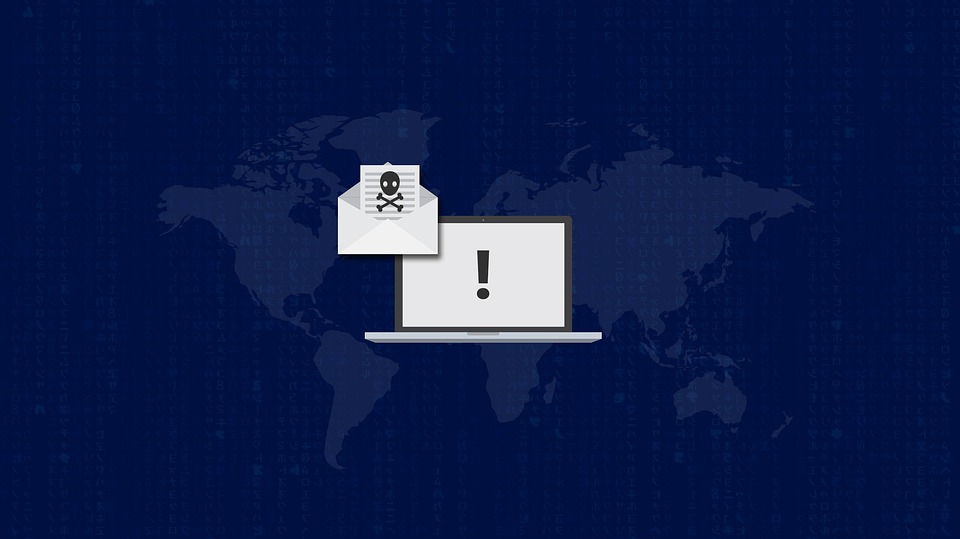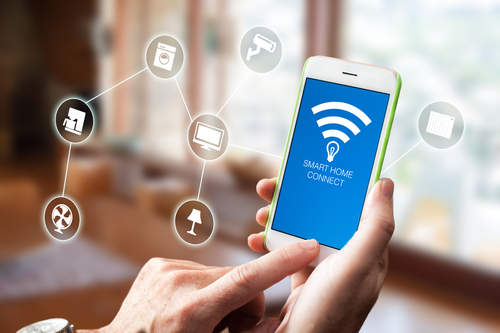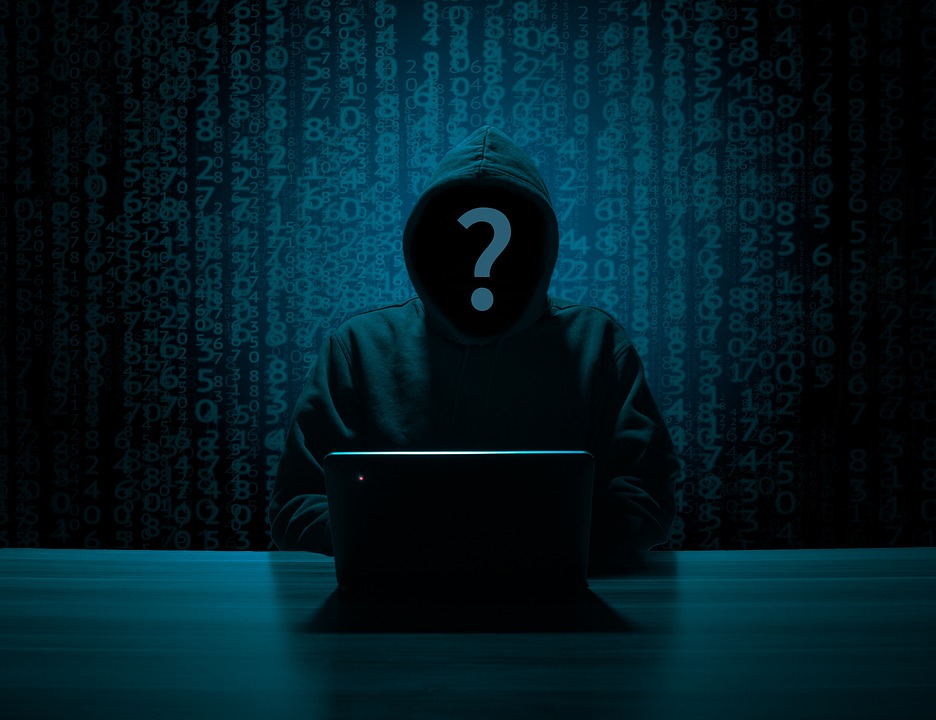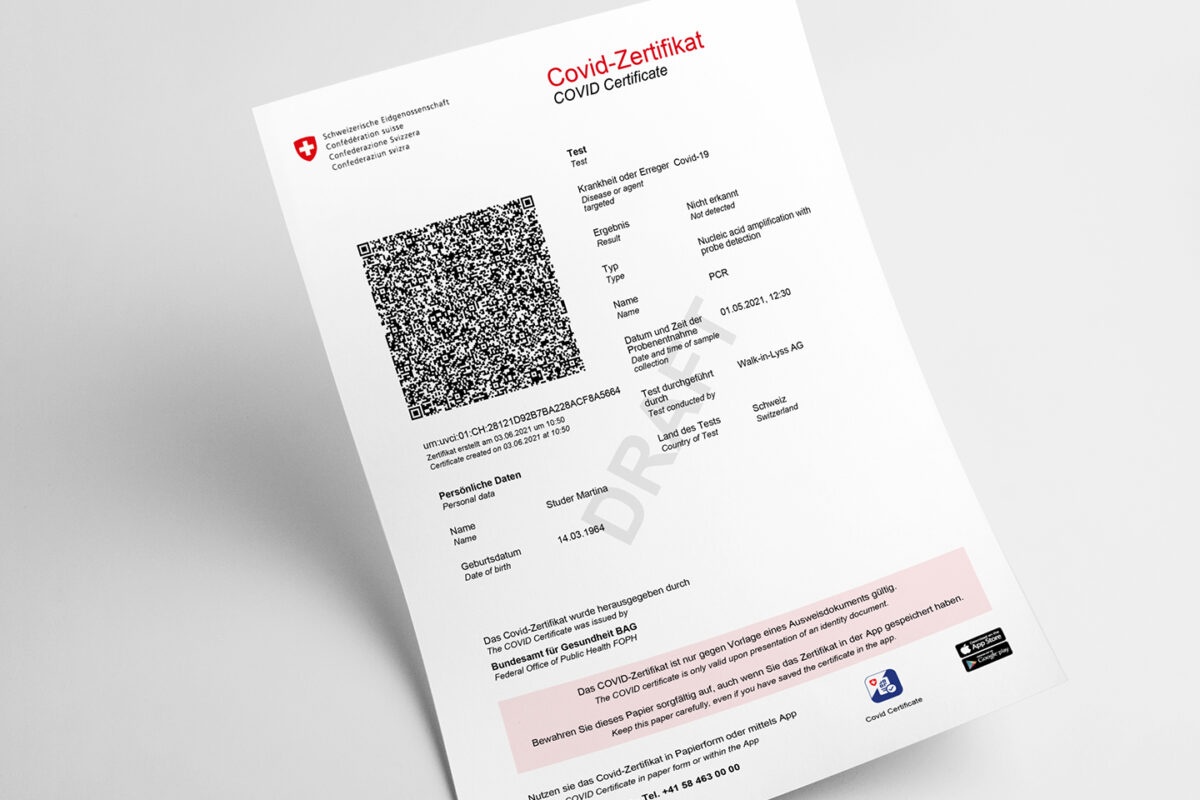Ingredients in sunscreens: these are the ones you should avoid
Not all ingredients in sun creams are safe for health. Which ingredients have negative properties and which you can apply to your skin without worrying, you will learn in this article.

Summer has finally arrived with full force and brings us sunshine galore. Before you use now the luxuriant sun hours carefree, you should not forget the protection of your skin. The editors of the consumer portal Vergleich.org have compiled what you should look for when choosing a sunscreen:
- Do not use old sunscreen: Expired sunscreen may contain harmful ingredients. Throw away sunscreen at the latest if it smells strange, has become discolored or has developed a strange consistency.
- Avoid UV filters that contain the syllable "benzo-"! In particular, you should be careful with the substances benzophenone-3 (oxybenzone), benzophenone-4 or benzophenone-5, because these are suspected of being carcinogenic, are also hormonally active and often trigger allergies.
- Avoid the substance octocrylene! This forms the carcinogenic substance benzophenone when it decomposes due to aging.
- Zinc and titanium filters without nanoparticles (i.e. without the addition of "nano" in the designation) are harmless! These mineral filters do not disintegrate on the skin and effectively protect against UVA and UVB radiation - but unfortunately usually leave a white layer on the skin.
- Avoid sun creams with nanoparticles! These penetrate the skin and the organism - recognizable by the designation "(nano)". The mineral filters zinc oxide and titanium dioxide are also not recommended with the name addition "nano".

Good filters are anti-allergenic, photostable and non-hormonal;
If you see these filters on the ingredients list of a sunscreen, you can breathe a sigh of relief: these filters are anti-allergenic, so they do not cause allergies. Moreover, they are photostable, so they do not decompose in the sun.
- Bis-ethylhexyloxyphenol methoxyphenyl triazines (Tinosorb S)
- Drometrizole Trisiloxane (Mexoryl XL)
- Terephthalylidene Dicamphor Sulfonic Acid (Mexoryl SX / Ecamsul)
- Ethylhexyl triazones (Uvinul T 150)
- Diethylamino Hydroxybenzoyl Hexyl Benzoate (Uvinul A Plus)
- Diethylhexyl Butamido Triazone (Iscotrizinol)
- Phenylbenzimidazole Sulfonic Acid (Enzulisol)
- Butyl Methoxydibenzoylmethanes (Avobenzone)
You should avoid these ingredients in sunscreens
It is essential to avoid products containing the substance benzophenone (usually benzophenone-3, benzophenone-4 or benzophenone-5 in the INCI list), as this has been classified as "possibly carcinogenic" by the International Agency for Research on Cancer (IARC).
Although this question has not yet been finally clarified scientifically, laboratory experiments with mice suggest this conclusion, so that the use of the substance should be discouraged for the time being. In addition, this substance also has a metabolism-disrupting and allergenic effect.

Furthermore, octocrylene should be warned against in this context, because this substance decomposes after some time, so that benzophenone is produced as a waste substance. This UV filter should therefore also be avoided.
You can also find all info on the evaluation at https://www.vergleich.org/sonnencreme/#Inhaltsstoffe_in_Sonnencremes_Diese_sollten_Sie_meiden
Source: Comparison.org
















